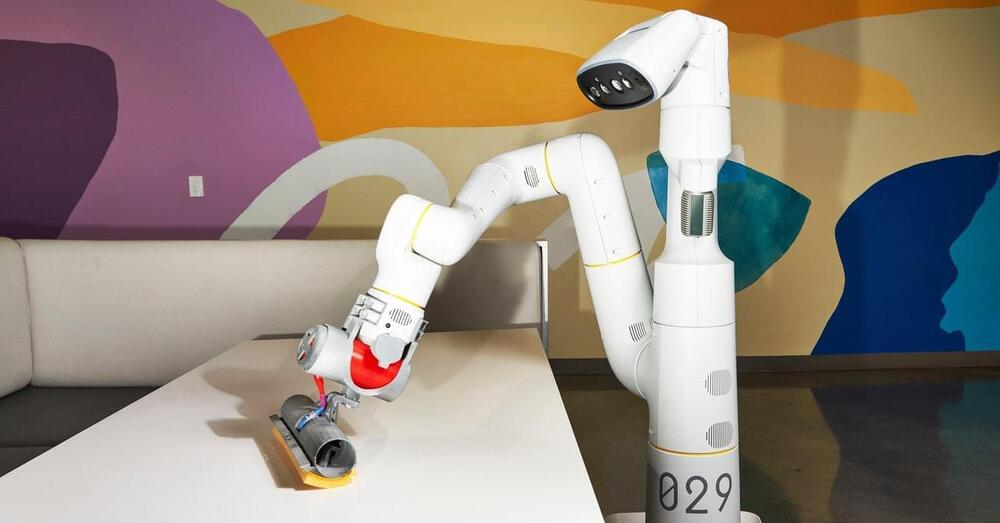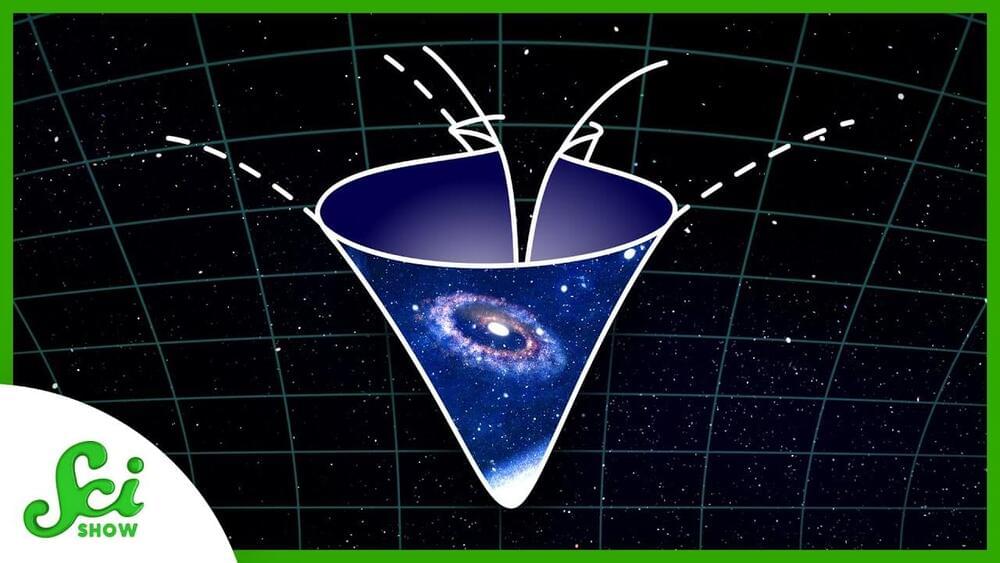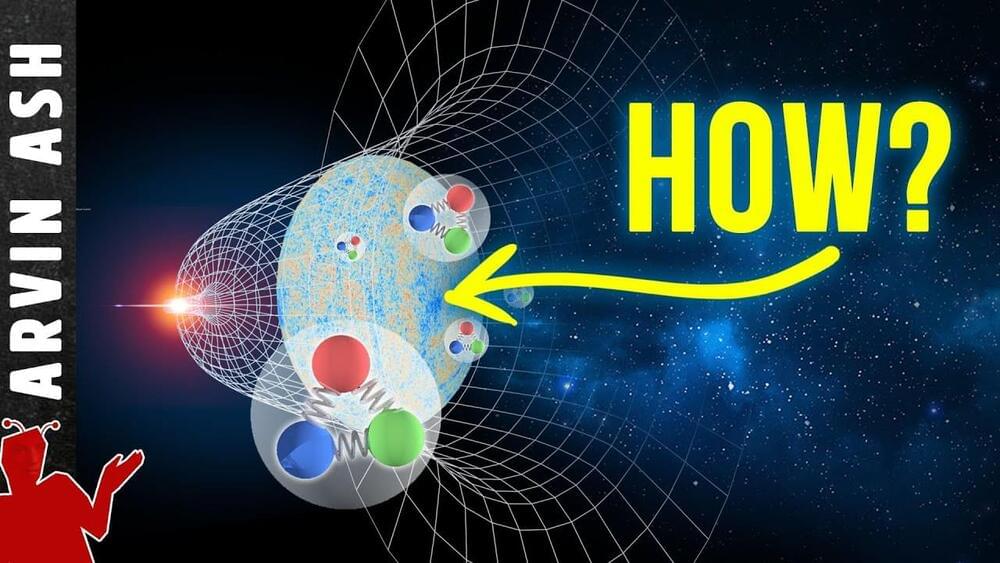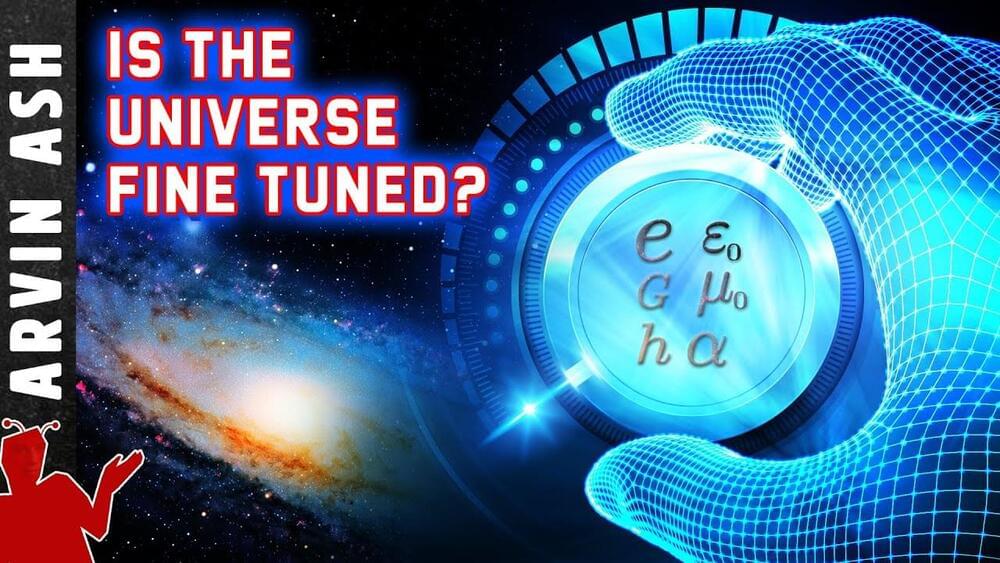Nov 21, 2021
First quantum computer to pack 100 qubits enters crowded race
Posted by Dan Breeden in categories: computing, quantum physics
But IBM’s latest quantum chip and its competitors face a long path towards making the machines useful.
But IBM’s latest quantum chip and its competitors face a long path towards making the machines useful.
It’s easy to think human conscious experience is unique, but a better understanding of consciousness’s mysteries comes by tracing it back in the evolutionary tree.
Can you imagine a brain and its workings being replicated on a computer? That is what the EBRAINS Cellular Level Simulation Platform aims to do. The Platform is available to researchers worldwide, so that they can compare their experimental results with model predictions and conduct investigations that are not possible experimentally.
Simulation also aims to replicate work on animal models, such as the mouse. In addition, the computing environment used for simulation offers the possibility of studying disease processes electronically.
However, the challenge is a complex one, as the human brain contains 86 billion brain cells (known as neurons) each with an average of 7,000 connections to other neurons (known as synapses). Current computer power is insufficient to model a entire human brain at this level of interconnectedness.
None.
Our brain works through the activity of its almost 100 billion neurons that each collect, process and pass on information in the form of electrical signals. But so far, not much had been known about how the differences in the properties of these cells from person to person matter for human cognitive abilities like intelligence.
Some evidence had suggested that the size of so-called dendrites, the long branched out protrusions through which each neuron receives signals from thousands of other cells, might play a role: Especially in brain areas that integrate different types of information, such as the frontal and temporal lobes, brain cells have bigger dendrites. In these brain areas the cortex, where most of the neurons are, is also thicker in people with higher IQ. Theoretical studies additionally predicted that larger dendrites may help cells to initiate electrical signals faster.
Continue reading “Brains of smarter people have bigger and faster neurons” »

Plus: The man behind a famous paradox, the laws that will govern the metaverse, and a deadly swarm of scorpions.
Move over, Hollywood—science fiction is getting ready to leap off the big screen and enter the real world. While recent science fiction movies have demonstrated the power of artificially intelligent computer programs, such as the fictional character J.A.R.V.I.S. in the Avenger film series, to make independent decisions to carry out a set of actions, these imagined movie scenarios could now be closer to becoming a reality.
In a recent study published in Nature Communications, a journal of Nature, researchers at the University of Missouri and University of Chicago have developed an artificial material, called a metamaterial, which can respond to its environment, independently make a decision, and perform an action not directed by a human being. For example, a drone making a delivery might evaluate its environment including wind direction, speed or wildlife, and automatically change course in order to complete the delivery safely.
Guoliang Huang, Huber and Helen Croft Chair in Engineering, and co-author on the study, said the mechanical design of their new artificial material incorporates three main functions also displayed by materials found in nature—sensing; information processing; and actuation, or movement.

Physicists are interested in the big questions like “Where did we come from?” and “What is all this stuff?”. But the answers to some of these questions, just lead to more questions.
Hosted by: Michael Aranda.
Continue reading “4 of Physics’ (Other) Greatest Mysteries” »

Special offer for ArvinAsh viewers — Go to: https://brilliant.org/arvinash — you can sign up for free! The first 200 people will get 20% off their annual membership.
Background videos:
Fundamental forces: https://youtu.be/669QUJrF4u0
Electroweak theory: https://youtu.be/u05VK0pSc7I
Is Big Bang hidden in gravity waves: https://youtu.be/VXr1mzY2GnY
Cosmic Microwave background: https://youtu.be/XcXCrFIivyk.
Continue reading “How Did the First Atom Form? Where did it come from? | Big Bang Nucleosynthesis” »

Get your SPECIAL OFFER for MagellanTV here: https://try.magellantv.com/arvinash — It’s an exclusive offer for our viewers! Start your free trial today. MagellanTV is a new kind of streaming service run by filmmakers with 3,000+ documentaries! Check out our personal recommendation and MagellanTV’s exclusive playlists: https://www.magellantv.com/genres/science-and-tech.
Arguments for fine tuning: Physics has many constants like the charge of the electron, the gravitational constant, Planck’s constant. If any of their values were different, our universe, as we know it, would not be the same, and life would probably not exist.
0:00 — Defining fine tuning.
2:20 — Gravitational constant.
3:59 — Electromagnetic Force.
5:02 — Strong force.
6:13 — Weak force.
7:51 — Philosophical Arguments against fine tuning.
9:36 — Scientific arguments against fine tuning.
11:59 — Sentient puddle.
13:29 — Does fine tuning need an agent.
15:14 — Louse on the tail a lion.
Some say that it could not have occurred by chance, that there must be some agent, like a god that set up the constants to enable life.
Continue reading “Is the Universe Fine Tuned for Life? The Case FOR and AGAINST Fine Tuning” »
